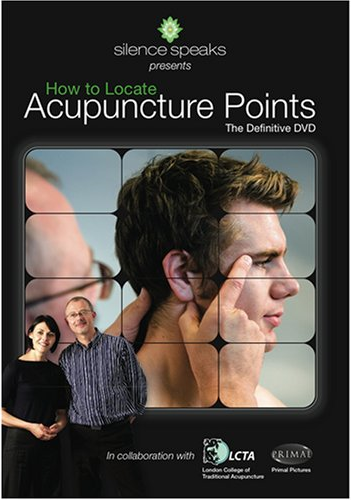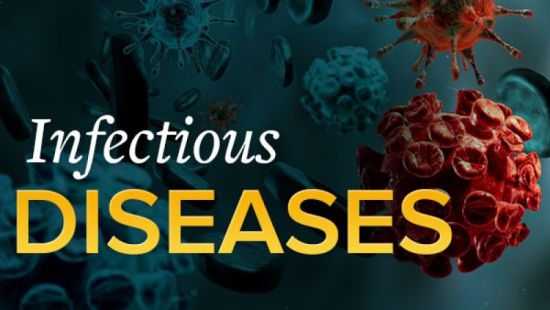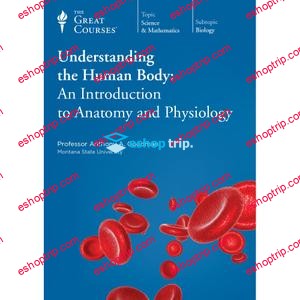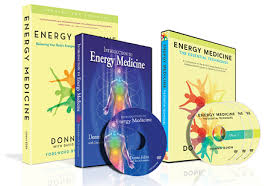Video: .mp4 (1280×720) | Audio: AAC, 44100 kHz, 2ch | Size: 2.69 Gb | Materials: PDF
Genre: eLearning Video | Duration: 18h 40m | Language: English
In this course, students learn to recognize and to apply the basic concepts that govern integrated body function (as an intact organism) in the body’s nine organ systems.
Homeostasis and Endocrine System
Welcome to Module 2 of Introductory Human Physiology! We begin our study of the human body with an overview of the basic concepts that underlie the functions of cells and organs within the body and their integration to maintain life. This is an important introduction to how physiologists view the body. We will return to these basic concepts again as we progress through the organs systems and consider how they respond to perturbations incurred in daily functions and in disease.
The Nervous System
We hope you are enjoying the course! Last week’s lectures can be challenging because we introduce many concepts that may be new to you. This module will allow you to apply some of the concepts that you learned last week and provide you with more concrete examples. In this module we will begin our tour of the various organ systems with the nervous system.
We start by considering the function of the individual cells (neurons) and then how they interact as an integrative system. The nervous system provides rapid communication throughout the body coordinating the actions of trillions of cells. It responds to internal changes to the body as well as to changes in our external environment. This is a busy week. The things to do this week are to watch the 5 videos, to answer the in-video questions, to read the notes, and to complete the Nervous System problem set. We suggest that you read the notes, watch the videos, and answer the in-video questions before you start on the problem sets. The problem sets require you to apply your knowledge from the lectures so it is best to be fairly familiar with the material before tackling them. The problem sets are not graded, and there is no due-date for them.
The Senses and the Somatic Nervous System
In this module, we consider two types of cells: one that relays information to the central nervous system (brain) for interpretation and a second set, motor neurons which relay information away from the central nervous system to govern voluntary movement. The input pathway to the brain is mediated by specific cells called senses. The senses convert energy (such as light or heat) into an energy form (electrical potentials) recognized by neurons in the brain. The brain, in turn, interprets this information (as vision or pain) and then sends out a motor response via the motor neurons of the somatic nervous system to effector cells in the body. The motor neurons activate skeletal muscle to control breathing and the movement of the limbs.
Muscle
In this module, we consider the effectors of the body that govern voluntary and involuntary movement. These effectors are specialized cells called muscle which are capable of generating force (tension). Muscle cells are classified as one of three types: skeletal, smooth, and cardiac. Although all three types generate tension, each is specialized for a given function. Skeletal muscle governs voluntary movement of the limbs and is critical for expansion of the lung during breathing. Smooth and cardiac muscle are contractile cells found in the walls of blood vessels and the heart, respectively. We will return to the basic principles that govern these cells types when we consider the respiratory and cardiovascular systems.











Reviews
There are no reviews yet.